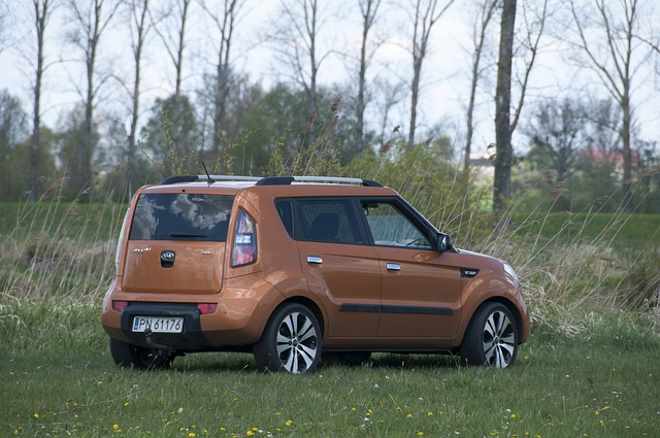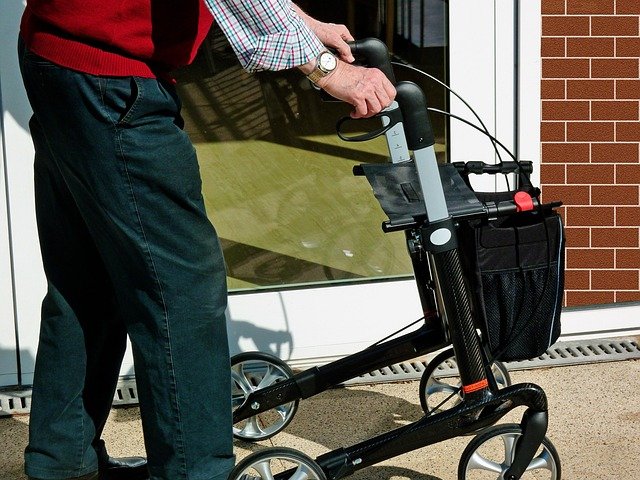The Intricacies of Drive by Wire Technology: A Leap Towards Futuristic Driving
Imagine a world where the mechanical connection between the driver and the car's components is replaced by electronic signals. Welcome to the realm of Drive by Wire technology, a revolutionary concept transforming the way we drive. This article delves into the fascinating world of this technology, exploring its history, current developments, and potential impact on the automotive industry.

Drive by Wire Technology: A Historical Overview
The concept of Drive by Wire (DbW), also known as X by Wire, originated in the aviation industry. Initially used in fighter jets and then in commercial aircraft, the technology replaced conventional mechanical control systems with electronic ones. The idea eventually permeated the automotive industry, with the first throttle-by-wire systems appearing in cars in the early 2000s.
The Mechanics of Drive by Wire
DbW technology replaces physical linkages in a vehicle—like the steering column, brake pedal, or accelerator—with electronic systems. Traditional mechanical connections are replaced by sensors that transmit electronic signals to actuators controlling various vehicle components. For instance, when the driver turns the steering wheel, the sensor sends a signal to the ECU (Electronic Control Unit), which processes it and instructs the actuator to turn the wheels.
Current Developments in Drive by Wire Technology
The adoption of DbW technology has been gradual but consistent. Throttle-by-wire and brake-by-wire systems are now commonplace in many modern cars. Infiniti’s Q50 model, introduced in 2013, was the first production car to implement steer-by-wire technology, completely eliminating the mechanical link between the steering wheel and the front wheels. The trend towards full Drive by Wire vehicles is clear, with companies like Nissan, Audi, and BMW leading the charge.
The Impact, Benefits, and Challenges of Drive by Wire
DbW technology has the potential to revolutionize the automotive industry. It can reduce vehicle weight by eliminating mechanical components, potentially improving fuel efficiency. It also allows for greater design flexibility, as designers are no longer constrained by mechanical linkages and can reimagine vehicle interiors.
However, the technology also presents challenges. Safety is a significant concern, as any failure in the electronic systems could lead to catastrophic results. This has led to rigorous testing and the development of fail-safe mechanisms. There’s also the issue of driver feel. Traditionalists argue that DbW systems lack the direct feedback provided by mechanical systems, potentially compromising the driving experience.
The Future of Drive by Wire
The future of DbW technology is bright, with its implementation becoming increasingly prevalent. It is a key enabler for autonomous driving, as it allows the vehicle’s computer to directly control all aspects of driving. As technology advances and safety concerns are addressed, we can expect DbW systems to become the norm in the automotive industry.
In conclusion, Drive by Wire technology is an exciting development, offering numerous benefits and transformative potential. It may face challenges, but as with any technological advancement, these are likely to be overcome as the technology matures. As we hurtle towards a future of autonomous driving, DbW technology is set to play a pivotal role in shaping our driving experience.




